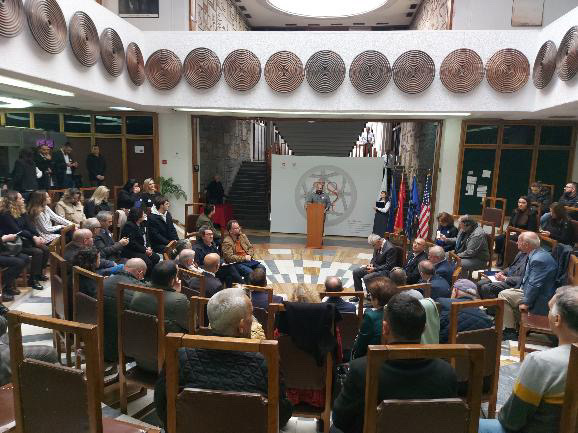
Media and graphic representation play a major role in how publics imagine the world. In this exhibit featuring donations from the collection of the Center for Albanian Studies in London and Bejtullah Destani, a variety of opinions and attitudes of the “West” from the late 19th and early 20th centuries are represented about the Balkans and its inhabitants.
Participating in a culture of “Orientalism” as described by Edward Said, or steeped in a tradition of “Balkanism,” described by Maria Todorova, these cartoonists pro- duced Romanticizations of its peoples and landscapes and misunderstandings and parodies of its political struggles and tragedies. There are a lot of public imaginings of places that many of these cartoonists did not understand and never visited, and they depict places and circumstances that reveal more about the imaginer than they do of the places being imagined. The cartoons in this exhibit contribute to a sense of how issues in Balkan states were represented and discussed by Western Europe at the turn of the 20th century.
from the exhibition description